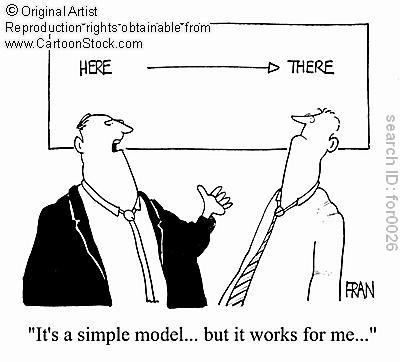Team:KULeuven/Modelling
From 2009.igem.org
Introduction
As an introduction to modelling we made a short presentation. This presentation handles about the following:
- some definitions and the role of modelling
- black and white box modelling
- the role of ordinary differential equations
- modelling applied to iGEM
this presentation is mainly based on the presentation of last year and the wiki of ETH Zürich 2007.
Modelling overview
The scientific procedure for the study of a physical system can be divided in the following 3 steps
- Parameterization of the system: discover the minimal set of parameters that completely define the system.
- Foward modelling: define the physical laws that, given the values of the parameters of the system, determine the value of the observable parameters.
- Inverse modelling: given observed parameters, infer the actual parameters that produced the observed data.
Most of the time this is an iterative approach, the last step will contain an indication of how good the model fits the observed data. Sometimes it will be necessary to adjust the proposed model, if it doesn't fit the observed data.
Step 1 and 2: Modelling and simulation
By a model, we mean an abstraction of some real system that can be used to obtain predictions and formulate control strategies. In order to be useful, a model must necessarily incorporate elements of two conflicting attributes:
- realism
- simplicity
One the one hand, the model should serve as a reasonably close approximation to the real system, on the other hand, the model must not be overly complex so as to preclude its understanding and manipulation. All that's required is a high correlation between predictions and real-life performance.
Step 3: Inverse modelling
While the first two steps are mainly deductive, the third step is inductive. The inverse problem consists of using the actual result of some measurements to infer the value of the parameters that characterize the system.
While the forward problem has (in deterministic physics) a unique solution, the inverse problem does not. The most general theory is obtained when using a probabilistic point of view, where the a priori information on the model parameters is represented by a probability distribution over the 'model space'.
Kinetic constants
References
["Inverse problem theory and methods for model parameter estimation", Albert Tarantola]
["Modern simulation and modeling", Reuven Y. Rubinstein, Benjamin Melamed]
 "
"


